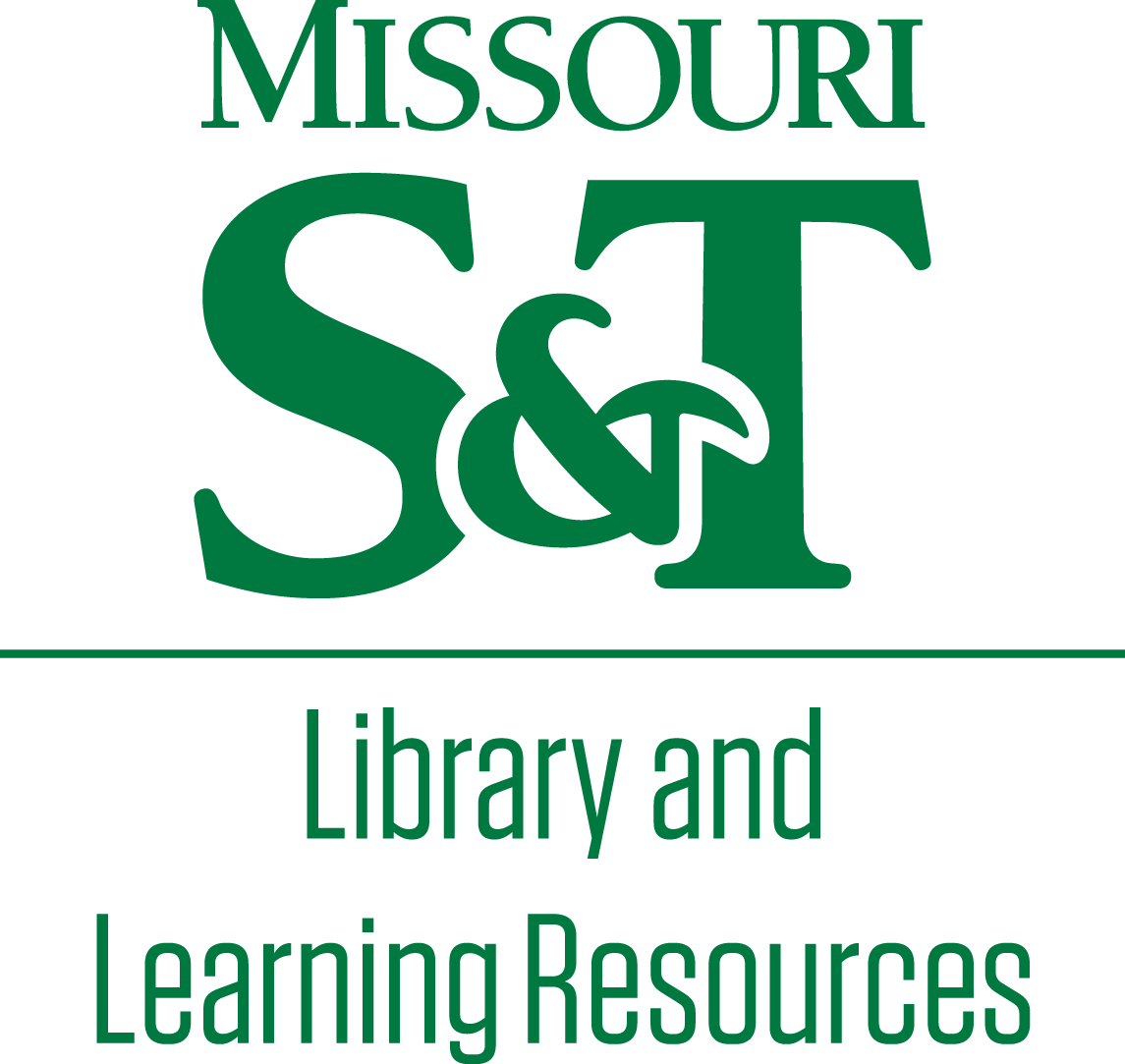Data-Driven Risk-Informed Bridge Asset Management and Prioritization across Transportation Networks
Loading...
Description
This project will take a data-driven approach, building deep learning neural network models to detect and characterize bridge deterioration. Based on the observed bridge conditions, outcomes will be defined, serving as the dataset outputs. Deep learning algorithms will then be employed to build models to translate the collected imagery data into classification and characterization of bridge condition and deterioration. To do this, we will undertake four main tasks: (1) Define the dataset outputs based on observed bridge conditions across the set of bridges analyzed; (2) Build learning models to use collected imagery data to classify multiple types of deterioration; (3) Build learning models to use collected imagery data to characterize levels of deterioration across deterioration types; (4) Evaluate generalizability of the models to translate collected imagery data into assessments of bridge deterioration. Outcomes will enable the comparison of assessments across multiple bridges and facilitate the prioritization of resources for maintenance, repair, and rehabilitation decisions across a transportation network.
Presentation Date
10 Aug 2021, 4:00 pm - 4:30 pm
Meeting Name
INSPIRE-UTC 2021 Annual Meeting
Department(s)
Civil, Architectural and Environmental Engineering
Document Type
Presentation
Document Version
Final Version
File Type
text
Language(s)
English
Data-Driven Risk-Informed Bridge Asset Management and Prioritization across Transportation Networks
This project will take a data-driven approach, building deep learning neural network models to detect and characterize bridge deterioration. Based on the observed bridge conditions, outcomes will be defined, serving as the dataset outputs. Deep learning algorithms will then be employed to build models to translate the collected imagery data into classification and characterization of bridge condition and deterioration. To do this, we will undertake four main tasks: (1) Define the dataset outputs based on observed bridge conditions across the set of bridges analyzed; (2) Build learning models to use collected imagery data to classify multiple types of deterioration; (3) Build learning models to use collected imagery data to characterize levels of deterioration across deterioration types; (4) Evaluate generalizability of the models to translate collected imagery data into assessments of bridge deterioration. Outcomes will enable the comparison of assessments across multiple bridges and facilitate the prioritization of resources for maintenance, repair, and rehabilitation decisions across a transportation network.



